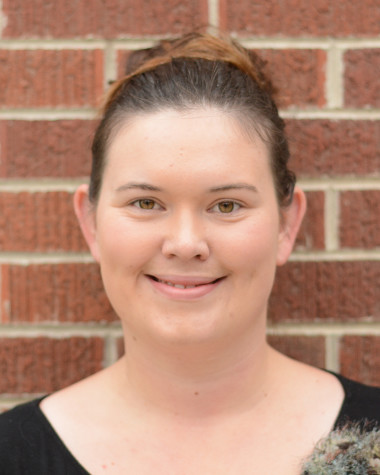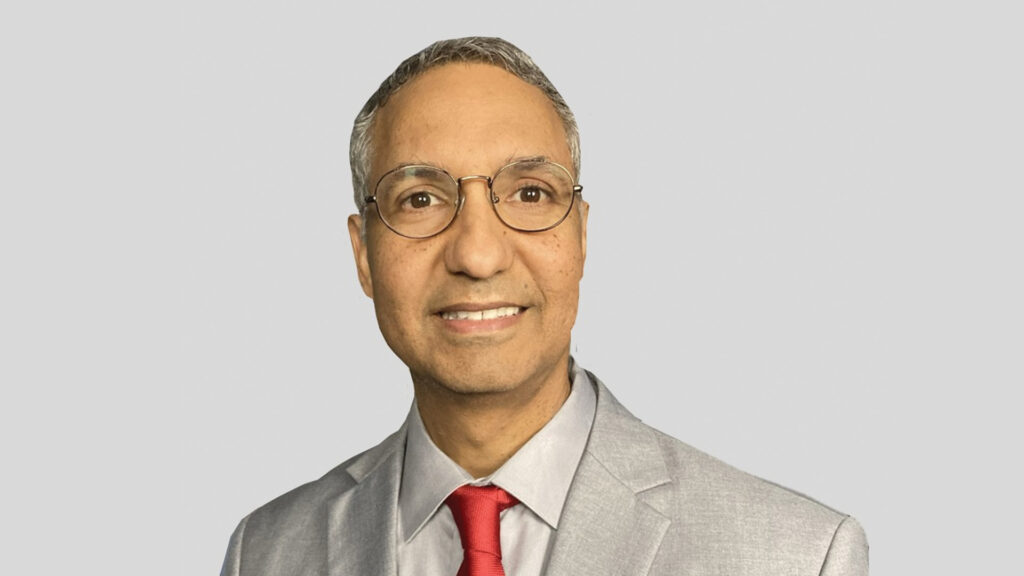‘Central Park Five’ shines dark light on broken justice system in New York City

March 5, 2014
“The Central Park Five” depicts the story of Antron McCray, Kevin Richardson, Raymond Saldana, Yusef Salaam and Kharey Wise, the five youth accused and convicted of raping Trisha Meili, a 29-year-old investment banker, in 1989’s Central Park Jogger case.
On Feb. 27, Dr. LaToya Brackett, coordinator for Africana studies, screened the 2012 documentary based on the lives of those convicted in the Central Park Jogger case. The film opens with the social climate of New York City in 1989.
New York Times journalist Jim Dwyer said, “New York was a completely schizophrenic divided city.”
In 1989 there were over 5,000 cases of rape and over 2,000 murders in New York state.
Rev. Calvin Butts, pastor of the Abyssinian Baptist Church in New York City, said, “[In the late 1980s] the young black man was the most endangered species in New York.”
The documentary then goes to the night of the crime and the individuals convicted of it. McCray, Richardson, Saldana, Salaam and Wise all grew up in the same neighborhood but for the most part were just neighbors and acquaintances. On the night of April 19, McCray, Richardson, Saldana, Salaam and Wise followed a group of boys from their neighborhood into Central Park where members of the larger group started throwing rocks at cars and bikes, attacked a homeless man and caused other havoc.
At 1:30 a.m. on April 20, 1989, Meili was found in Central Park suffering from severe hypothermia, blood loss, internal bleeding and a fracture to her head caused her left eye to be removed from the socket. She was rushed to the hospital but had no recollection of the attack.
Richardson and Saldana were then detained by Central Park Police and taken in for interrogation. Later the police brought in McCray. The police sought out several other members of the group including Salaam. Wise had bumped into Salaam prior to the cops detaining him and despite not being a suspect on the police’s list was brought in for questioning.
The five individuals ranging from 14-16 years old, were held for periods of 24 to 36 hours in the interrogation room. Salaam explained the tone of the interrogations was scary and intimidating. All five individuals were convinced to give verbal confessions stating that they were involved in the rape of Meili. All but Salaam also gave signed written confessions.
Angela Black, Kevin McCray’s sister, said, “It was like [the police] orchestrated the whole thing.”
Despite the discrepancies in the details of the confessions, along with the fact that no DNA evidence matched any of the five, prosecution was pursued. Donald Trump even pushed for the return of the death penalty to New York state so that it might be sentenced on the oldest suspect, Wise.
Saldana, McCray and Salaam were the first to go to trial receiving a verdict of guilty based on their confessions and received the maximum juvenile sentence of five to 10 years. Next were Wise and Richardson. Wise, being 16 at the time of the crime, was sentenced as an adult receiving five to 15 years in a adult prison, while Richardson was sentenced as a juvenile receiving five to 10 years.
After serving seven years, McCray, Salaam, Richardson and Saldana were released from prison. Wise remained in prison where he later met Reyes. After meeting Wise, Reyes explained to another prisoner that Wise was serving for a crime that Reyes did. Reyes admitted to the rape of Meili in 2002.
Melanie Burgess-Ribic, a community member attending the event, said, “Had there been a genuine person on the prosecutor’s side they might have saw the details did not match. They weren’t about finding the truth.”
After the film, Brackett opened the room up for discussion. Many members of the audience expressed their anger for the police intimidating confessions out of the five as well as the prosecutors continuing with a trial based solely on this evidence.
Brackett said, “[Situations like] this have been happening throughout time since black men and white men started interacting. It was pure discrimination and nobody was listening. [But] if … Kharey [Wise] had been a little younger he never would have met Reyes.”
Today, there is still an ongoing lawsuit by the five against the city of New York for retribution on their wrongful conviction. The lawsuit has been going on since 2003 without resolve.
Brackett explained this was an important topic to bring to campus because it is important to look outside of your community and see the difficulty, turmoil and problematic system black males are in.
According the National Association for the Advancement of Colored People, African-Americans are incarcerated at almost six times the rate of whites.
Brackett continued to explain that it is important to know your rights. If a student on campus were to get in trouble and berated with charges they should know what they have a right to.







